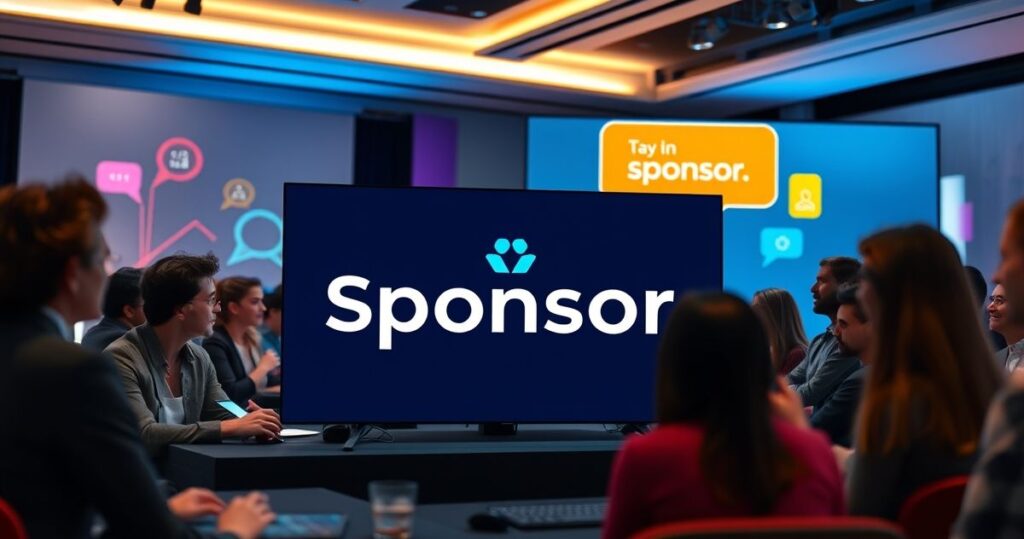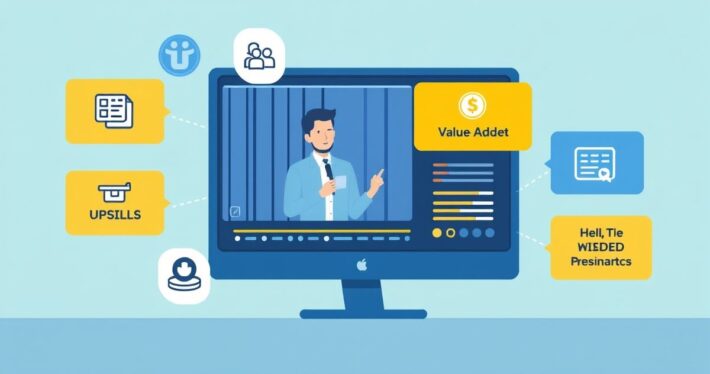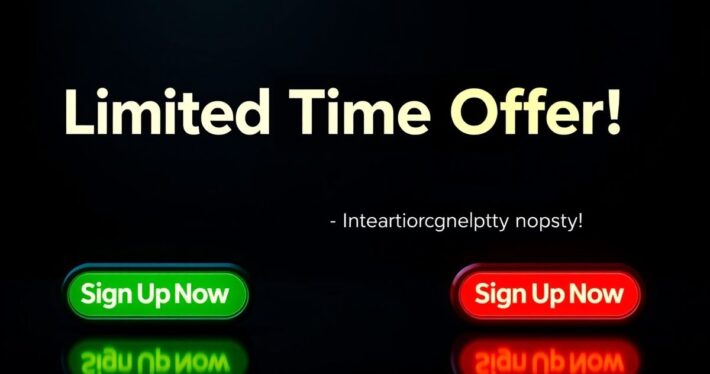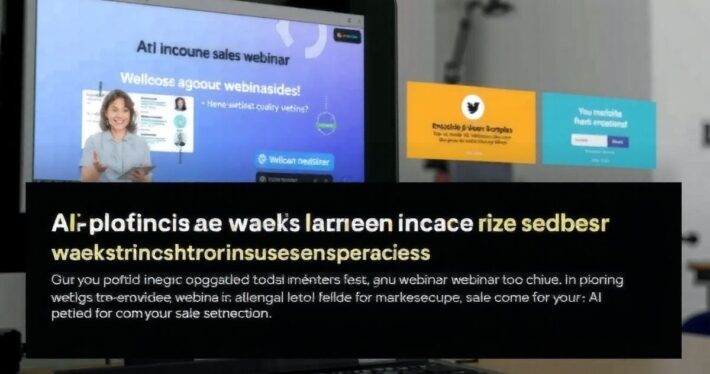How to Monetize Webinars with Sponsorships

Webinars have become a powerhouse for engagement, education, and lead generation. But did you know they’re also one of the most effective ways to monetize your expertise? While selling products or courses is a common strategy, sponsorships offer a unique opportunity to generate revenue without directly pitching your audience. In this guide, we’ll break down exactly how to monetize webinars with sponsorships—strategies that can transform your events into a consistent income stream.
Why Sponsorships Are a Game-Changer for Webinars
Let’s face it: monetizing webinars can feel overwhelming, especially if you’re not ready to sell your own products. Sponsorships bridge that gap by allowing brands to pay you for access to your audience. It’s a win-win: you get paid, the sponsor gets exposure, and your audience gains access to valuable tools or resources.
Sponsorships are particularly effective because they align with the educational nature of webinars. A well-placed sponsorship announcement feels less like an interruption and more like a natural part of the content. For example, if you’re hosting a webinar on digital marketing, a sponsor like a marketing automation tool fits seamlessly into the conversation.
Step 1: Identify Your Audience and Value Proposition
Before you can attract sponsors, you need to know who’s your audience and what value you’re offering. Start by answering these questions:
- Who is your target audience? (e.g., entrepreneurs, marketers, fitness enthusiasts)
- What are their pain points?
- Why do they attend your webinars?
Sponsors want to know that your audience aligns with their target market. For instance, if your webinar attendees are small business owners, a sponsor offering affordable accounting software would see clear alignment.
Pro tip: Use analytics from previous webinars to showcase your audience demographics, engagement rates, and attendance numbers. Data is your best friend when pitching sponsors.
Step 2: Find the Right Sponsors
Not all sponsors are created equal. The key is to identify brands that align with your audience’s interests and values. Here’s how:
- Look Within Your Niche: Start with brands that naturally fit your webinar topic. For example, if you’re hosting a webinar on productivity, consider sponsors like time management apps or ergonomic office equipment companies.
- Research Competitor Sponsorships: What brands are sponsoring other webinars in your industry? This can give you a head start on identifying potential partners.
- Leverage Your Network: Tap into your existing connections. A simple LinkedIn post or email to your network can uncover sponsorship opportunities you didn’t know existed.
Step 3: Craft a Winning Sponsorship Package
Sponsors need to see the ROI of partnering with you. A well-structured sponsorship package makes it easy for them to say yes. Here’s what to include:
- Audience Insights: Share detailed demographics and engagement metrics.
- Sponsorship Tiers: Offer options like Gold, Silver, and Bronze packages. For example:
- Gold: Logo placement, 5-minute presentation, and email mention.
- Silver: Logo placement and shout-out during the webinar.
- Bronze: Logo placement on promotional materials.
- Exclusive Perks: Add value with bonuses like attendee lists (with permission) or social media mentions.
Step 4: Structure the Sponsorship Deal
Negotiating a sponsorship deal requires clarity and confidence. Here’s how to get it right:
- Pricing: Base your rates on your audience size, engagement rates, and the value you’re offering. Don’t undersell yourself—your time and audience are valuable.
- Deliverables: Clearly outline what the sponsor will receive. Will they get a speaking slot? A logo on your slides? Make sure expectations are set upfront.
- Timeline: Agree on deadlines for delivering assets like logos or presentation slides.
Step 5: Integrate Sponsorships Seamlessly Into Your Webinar
The best sponsorships feel like a natural part of the webinar, not an intrusion. Here are some integration ideas:
- Sponsor Spotlights: Dedicate a few minutes for the sponsor to present their product or service.
- Audience Q&A: Let the sponsor answer questions related to their expertise.
- Resource Giveaways: Offer a free trial, discount, or downloadable resource from the sponsor.
Real-world example: A fitness coach hosting a webinar on weight loss partnered with a meal prep company. The sponsor provided a 10-minute demo of their app and offered attendees a free trial. The result? High engagement and a long-term partnership.
Step 6: Measure and Report Results
After the webinar, show sponsors the value they received. Share metrics like:
- Attendance Numbers: How many people joined the webinar?
- Engagement Rates: Did attendees participate in Q&A or click on sponsor links?
- Conversions: Did the sponsor receive sign-ups, trial users, or sales?
This data not only proves ROI but also builds trust for future partnerships.
Common Challenges and How to Overcome Them
- Finding the Right Sponsors: If you lack connections, start small. Local businesses or startups in your niche may be more open to partnerships.
- Negotiating Rates: Don’t settle for lowball offers. Highlight the unique value you bring to the table.
- Audience Pushback: If attendees feel bombarded with ads, reevaluate your integration strategy. Sponsorships should enhance, not detract from, the webinar experience.
Final Tips for Success
- Be Transparent: Always disclose sponsorships to your audience. Honesty builds trust.
- Focus on Quality Over Quantity: A few well-aligned sponsors are better than a laundry list of mismatched brands.
- Think Long-Term: Build relationships with sponsors for ongoing partnerships.



